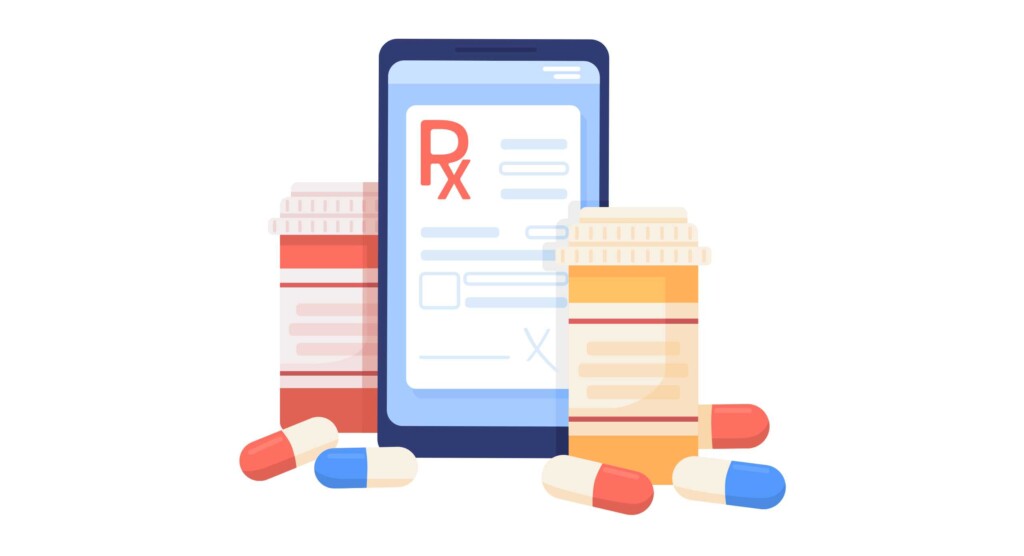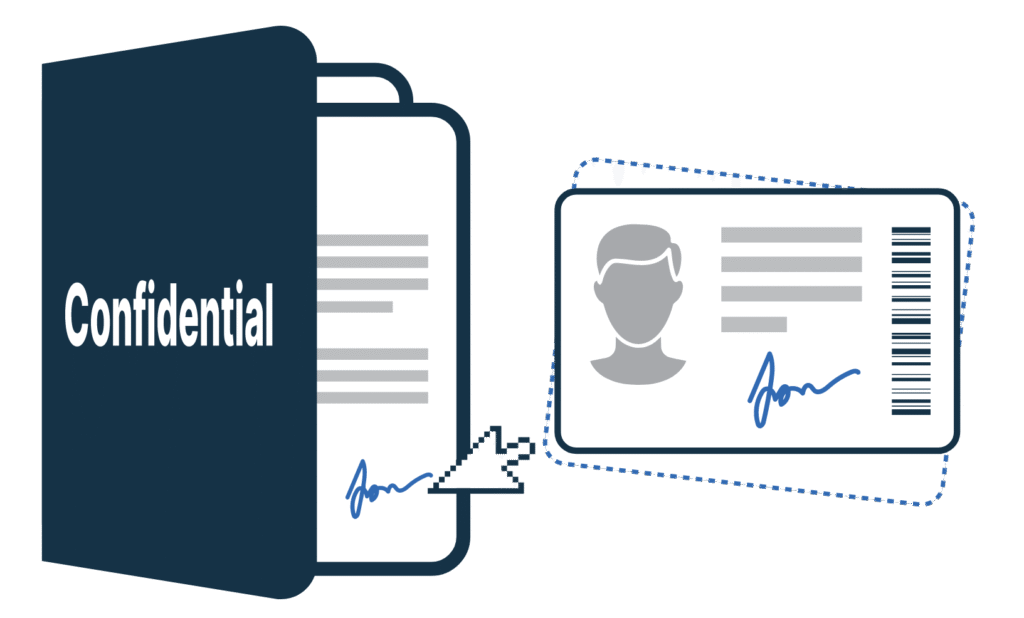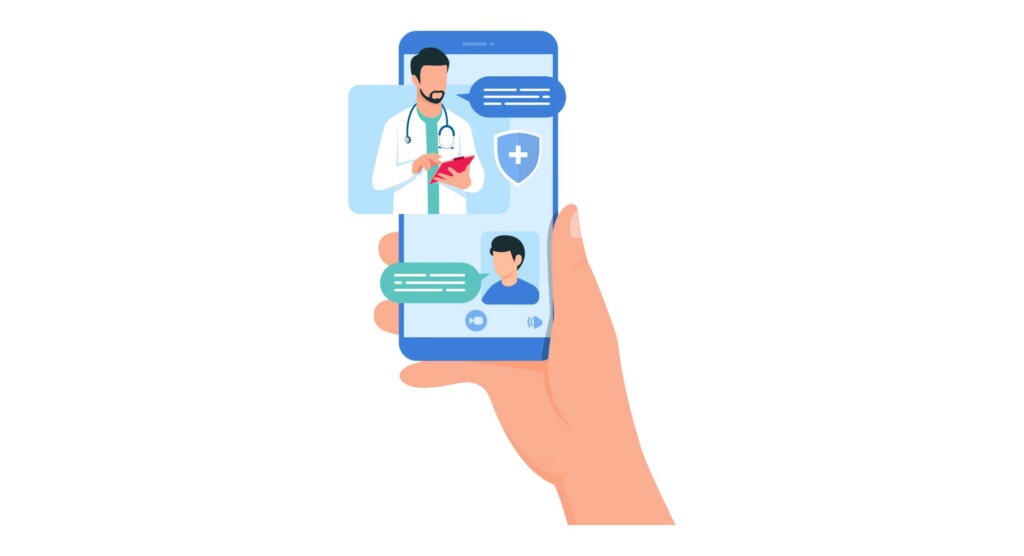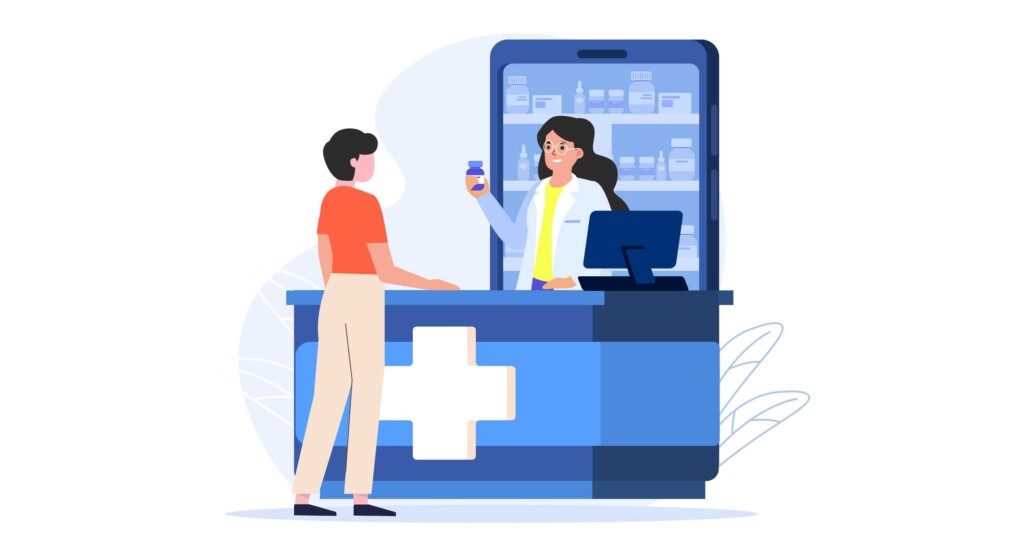The introduction of the ePrescription in Germany is a further step in the digitalisation of the healthcare system. Digitalisation facilitates inter-professional collaboration and communication with patients and other stakeholders such as pharmacies. ePrescription, electronic certificate of incapacity for work (eAU), eID and electronic patient file (ePA) are now enshrined in law and pave the way to digital normality. ePrescription offers numerous advantages for patients, doctors and pharmacists:
- Simplified redemption
- Improved security
- Reduced susceptibility to manipulation and counterfeiting
- Seamless integration into the IT infrastructure
What is the ePrescription?
The ePrescription, officially known as an electronic prescription, is the digital alternative to the classic paper printout. It was introduced to modernise the prescription process for medicines in Germany and to make the supply of medicines more efficient. Instead of a printout, patients receive a digital code that they can redeem at the pharmacy. This code can be transmitted via the gematik app, the electronic health card (eGK) or as a printed QR code, for example. The ePrescription is a central component of the telematics infrastructure (TI) and is organised by gematik. In addition to the gematik ePrescription, there are also other digital solutions. These include, for example, the option of digitally signing prescriptions, which represents a flexible alternative and is particularly suitable for use cases where patients and doctors are not in the same room.

Sign digitally with QES remote signature
The use of remote signatures with a qualified electronic signature (QES) enables doctors to sign prescriptions for prescription-only medicines or certificates of incapacity for work digitally and legally compliant (in accordance with eIDAS and GDPR) from a distance. The remote signature ensures that the integrity and authenticity of the ePrescription is maintained and offers enormous advantages, especially for telemedicine solutions.
Technical realisation
Technically, the remote signature procedure works in such a way that the doctor generates a qualified electronic signature with just a few clicks using a signature service such as Certifaction. This is possible either via the web app or via an API connection to the existing software solution. This process is completely digital and fulfils the highest security standards, as the signature is clearly assigned to the issuer and is tamper-proof.
Zero Document Knowledge
You are probably wondering whether using a digital signature instead of the official gematik solution is also secure. At least with Certifaction this is the case: the solution is based on the Zero Document Knowledge principle, which processes the documents locally and encrypts them end-to-end, thus preventing the signature provider Certifaction from accessing the documents and sensitive medical data. This means that patient data and prescribed medication are confidential and can only be viewed by the parties involved – doctors, patients and pharmacies.

eHealth and telemedicine providers
Providers of eHealth and telemedicine services can benefit significantly from digital signatures, especially when it comes to issuing and managing prescriptions. Here are the key benefits:
Legal security and compliance
Digital signatures from Certifaction meet the requirements of the EU eIDAS Regulation and the General Data Protection Regulation (GDPR). A qualified electronic signature (QES) is often required for medical documents such as prescriptions. This is legally equivalent to a handwritten signature.
Increased efficiency
Fast issuing of prescriptions: Doctors can digitally sign prescriptions directly and forward them to patients or pharmacies without wasting time on paper documents. Automation of processes: Integrated digital signature solutions enable seamless workflows without media disruptions.
Improved patient experience
Patients receive their prescriptions more quickly and conveniently via digital channels, reducing physical visits to the doctor or long waiting times.
Secure and tamper-free data exchange
Digital signatures guarantee the integrity of the data: they ensure that the prescription has not been subsequently changed. Authentication: Only authorised doctors can issue prescriptions, which prevents misuse.
Cost savings
Less paper, printing costs and physical transport thanks to fully digital processes. Less administrative work for checking and archiving prescriptions.
Scalability and interoperability
Digital signatures can be easily integrated into existing eHealth platforms and electronic patient records (EPR). Standards such as HL7 and FHIR enable interoperability between different systems and players (e.g. pharmacies, insurance companies, clinics).
Sustainability
Switching to digital signatures reduces paper consumption and the ecological footprint.
Improved collaboration
Prescriptions can be shared securely and in real time with pharmacies, hospitals and other healthcare providers, facilitating coordination between different stakeholders.

Requirements for the use of electronic prescriptions
Doctors and dentists need specific technical requirements (also known as specifications) in order to issue ePrescriptions using the gematik procedure. These include
- Electronic health professional card (eHBA): For the digital signature of prescriptions.
- Access to the TI: For the secure transmission of ePrescriptions.
- Compatible practice management system (PVS): Must comply with gematik standards.
- Connectors and card terminals: For secure transmission of patient data.
- Regular updates: To fulfil security requirements and new standards.
If you sign prescriptions with an alternative provider such as Certifaction, then you only need to sign for the issuing of electronic prescriptions:
- An identity document for identification
- A mobile phone for two-factor authentication (2FA)
- (Optional) A connection to the practice management system via API. Alternatively, the web app can also be used in the browser.
Procedure for an electronic prescription
gematik solution
The creation and processing of ePrescriptions takes place in close cooperation between doctors, pharmacies and the telematics infrastructure (TI). The patient usually visits the doctor and may have to wait in line. Doctors enter the prescription data into the practice management system (PVS) and authenticate themselves with their electronic health professional card (eHBA). The prescriptions are transmitted to gematik’s specialised ePrescription service via the insured persons’ master data service (VSDM), where they are securely stored and managed. Insured persons can use ePrescriptions via the gematik app, the health insurance company’s electronic health card (eHC) or a QR code – on their smartphone, as a printout or directly via the eHC. Pharmacies can start retrieving prescriptions using a QR code or an NFC-enabled reader. A generation 2.1 health card and a PIN code are required for the health insurance companies’ CardLink procedure if the eGK is used. Technologies such as the eAEP ensure secure and transparent data transmission and it is rumoured that the widespread introduction of gematik ePrescriptions in doctors’ surgeries is slower than expected due to usage difficulties and the somewhat complicated implementation for doctors. Doctors are therefore looking for alternative solutions that are less prone to disruption. For digital healthcare services in particular, the digital signatures already mentioned are much more streamlined in terms of the process.
Digital signature
With a digital signature solution, the path to a digital prescription is shorter: this usually involves an online consultation via video call. The patient logs on to a corresponding platform and either describes their symptoms or specifies the desired medication. The doctor also enters the prescription data into the practice management system and creates the prescription for the patient. He signs the prescription in a few simple steps using his digital signature solution. We use Certifaction as an example: as mentioned, a QES is required here; if the doctor is already identified, the QES certificate and a visual signature (e.g. a signature card) are placed on the prescription. The doctor must confirm his signature with the mobile phone as the second factor (usually a passkey is used). The prescription is either sent directly to the patient via a secure digital channel or forwarded to a pharmacy of choice, where it can be collected in person. Alternatively, the prescription can be transferred to an online pharmacy, which delivers the medication conveniently and reliably to the patient.
Flexibility in the fulfilment of the regulation
Patients are not obliged to decide in favour of a particular redemption method at the doctor’s surgery. Every electronic prescription can be redeemed flexibly, insured persons always have a free choice of pharmacy and can also opt for an online pharmacy. The telematics infrastructure of the gematik solution also ensures that the ePrescription can only be redeemed once in order to prevent misuse. A digital signature does not guarantee this protection.

Legal obligation to issue and exceptions
Since 1 January 2022, doctors have been required by law to issue prescription drugs via electronic prescriptions, provided they are connected to the telematics system, according to the Federal Ministry of Health. Exceptions apply to certain medicines such as anaesthetics or T-prescriptions, which must continue to be prescribed on paper.
Challenges and prospects
Despite the advantages of electronic prescriptions, there are still challenges with the solution, as mentioned above, such as problems caused by media discontinuity and the continued widespread use of paper prescriptions. For this reason alone, it is worth looking beyond the horizon to other private-sector solutions that are not provided by the public sector, as many doctors see the ePrescription as an important step towards the digitalisation of the healthcare system, with the aim of simplifying processes and increasing patient satisfaction.
Conclusion
The electronic prescription marks an important milestone in the digitalisation of the German healthcare system. It simplifies the prescription process, minimises media disruptions and offers both patients and doctors a modern, secure solution. Both the gematik solution and an alternative with a digital signature offer many advantages and disadvantages. With further adaptations, additional alternative offers and broader acceptance, the ePrescription will sustainably improve efficiency and transparency in the supply of medicines.


